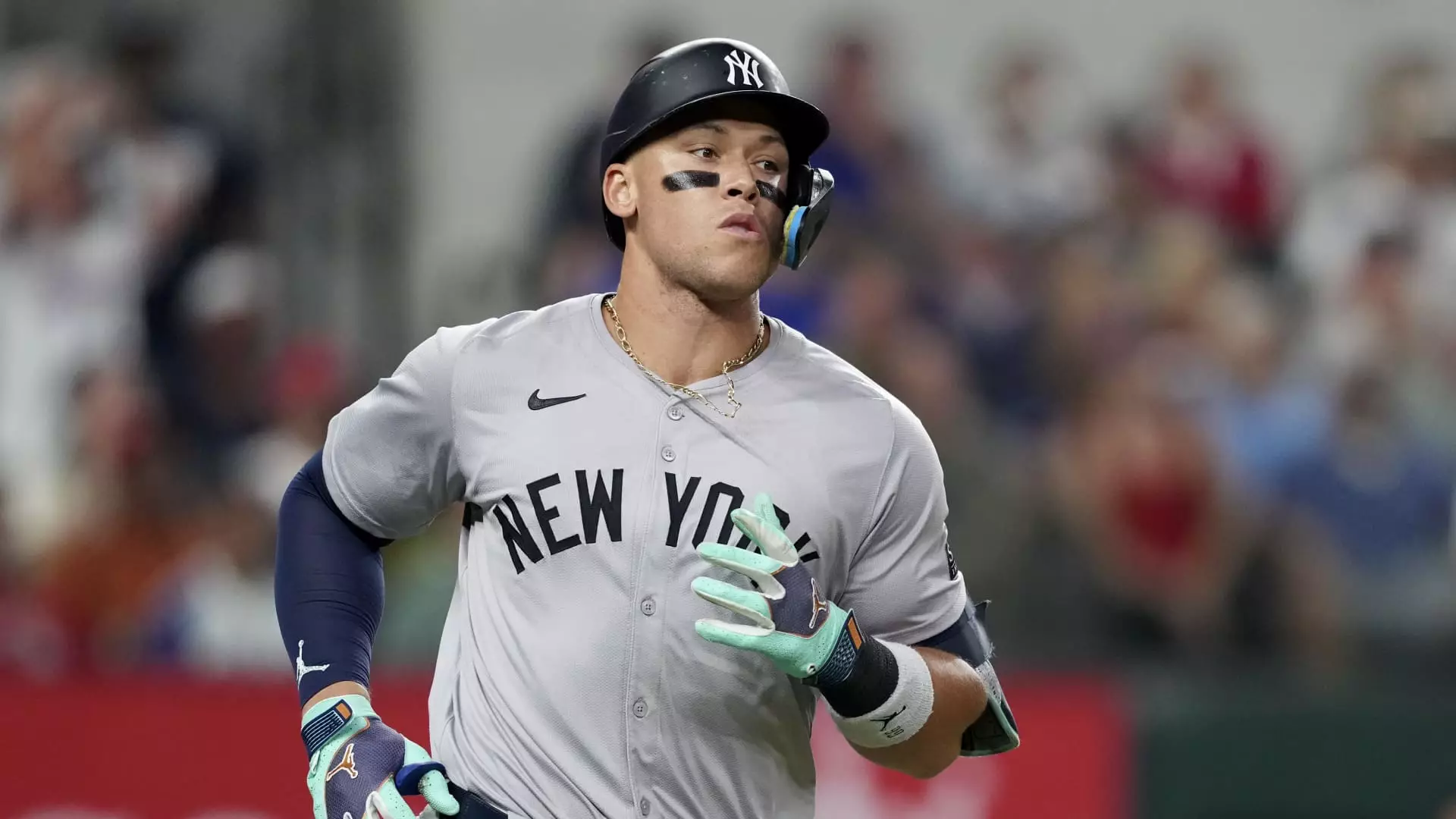The landscape of Major League Baseball (MLB) appears to be undergoing a significant transformation as the postseason unfolds, showcasing both increased viewership and fan engagement. Recent championship series games have reflected an upward trajectory, alleviating concerns surrounding the sport’s waning popularity, particularly among younger audiences. This article will explore the viewership statistics, the impact of recent rule changes, and the cultural relevance of MLB in today’s fast-paced digital age.
The recent matchups in the National and American League Championship Series have drawn remarkable attention. The first game between the New York Mets and Los Angeles Dodgers, broadcast on Fox Sports, averaged a staggering 8.26 million viewers, marking it as the most-watched League Championship Series game since 2009. This surge in numbers aligns with the premiere of the American League Championship Series, where the New York Yankees faced off against the Cleveland Guardians, attracting 3.9 million viewers – an increase from the previous year.
This spike in viewership is noteworthy, especially considering that both games were set against a backdrop of competing programming, specifically the prominent Sunday and Monday Night Football games. This positioning amidst high-caliber NFL matchups illustrates the growing interest in baseball, hinting at a revival of sorts, where it is reclaiming a competitive stance in the landscape of American sports programming.
Building enthusiasm could be attributed to the successful division series that preceded the Championship Series. The American League Division Series alone averaged 3 million viewers, a remarkable 20% increase from the previous year, while also marking similar gains for the National League Division Series. With MLB’s overall strategy gravitating towards enhancing engagement through exciting play and promoting star athletes, it seems the league is resonating better with its audience than in recent years.
In an era where sports highlights and clips dominate the media landscape, MLB’s ability to retain viewers indicates a meaningful shift. This resilience against the backdrop of doubts about baseball’s cultural relevance underscores the significance of engaging narratives and thrilling gameplay.
Embracing Change: Rule Modifications and Fan Engagement
The MLB’s proactive approach in modifying rules to revitalize the game cannot be overlooked. Implementing strategies such as a pitch clock and larger bases, alongside the restriction of the infield shift, has resulted in more dynamic gameplay, fostering increased in-game action and excitement. These changes not only contribute to shortening game length but also cater to evolving audience preferences, particularly among younger fans known for their fleeting attention spans.
Commissioner Rob Manfred has lauded the past two seasons as transformative, noting the rise in attendance and fan engagement as direct results of such innovations. With baseball now showcasing a plethora of emerging stars alongside established icons such as Shohei Ohtani and Aaron Judge, the league capitalizes on the narrative of rivalry and talent that can captivate spectators more effectively than before.
The Cultural Relevance of Baseball: A Balancing Act
Despite the encouraging rise in viewership and attendance, the specter of relevance looms large over MLB. A troubling trend observed in the World Series ratings from previous years indicates potential vulnerability regarding national appeal, particularly when lesser-known teams compete. The stark contrast between the current postseason’s success and last season’s historically low World Series ratings emphasizes the importance of marketable narratives in generating interest.
Franchises like the Mets and Guardians contribute compelling storylines as they navigate their own season recoveries. The unexpected collapse of the Guardians’ division lead, coupled with the Mets’ summer resurgence, creates a captivating backdrop for this postseason narrative. The looming possibility of the Yankees and Dodgers – two of baseball’s most iconic franchises – potentially clashing in the World Series highlights the intriguing dynamics that can captivate audiences.
The current state of Major League Baseball reflects a promising turnaround bolstered by strategic changes, rising viewership, and engaging narratives. With attention and excitement restored, MLB is seeking to not only preserve its historical legacy but also adapt to the expectations of a modern audience. As the postseason unfolds, the results will depict whether this resurgence can sustain itself beyond 2024 and secure baseball’s cultural relevance for years to come.

